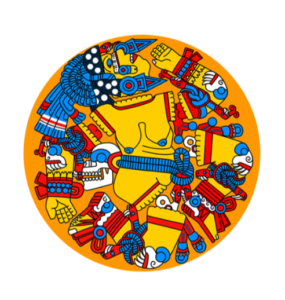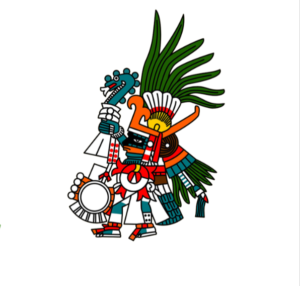COPIL PROJECT
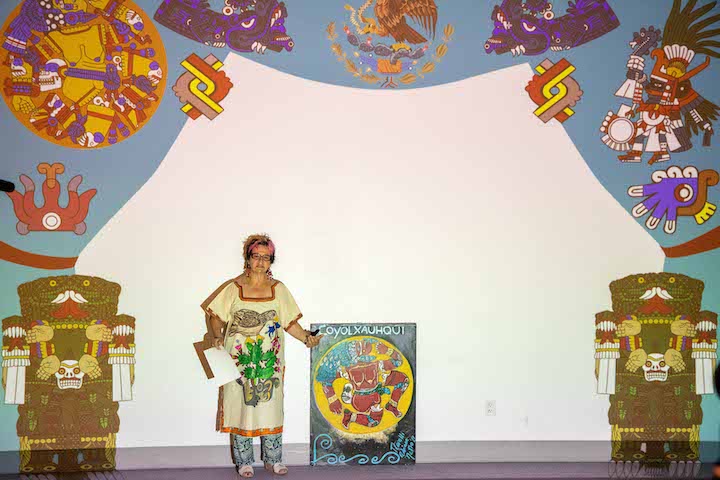
Part 1
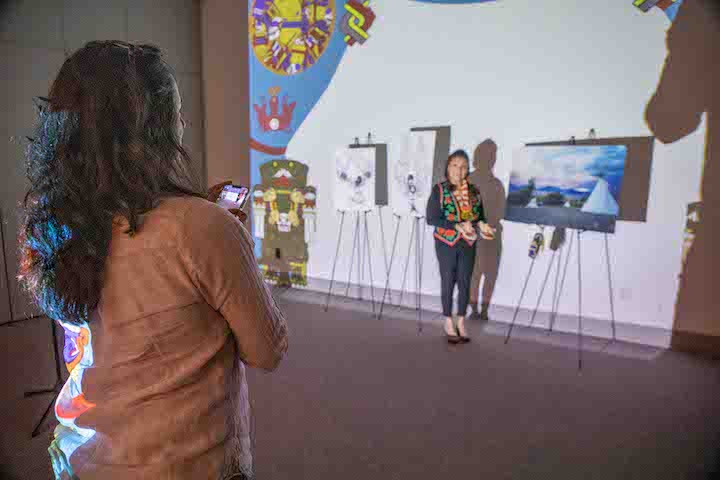
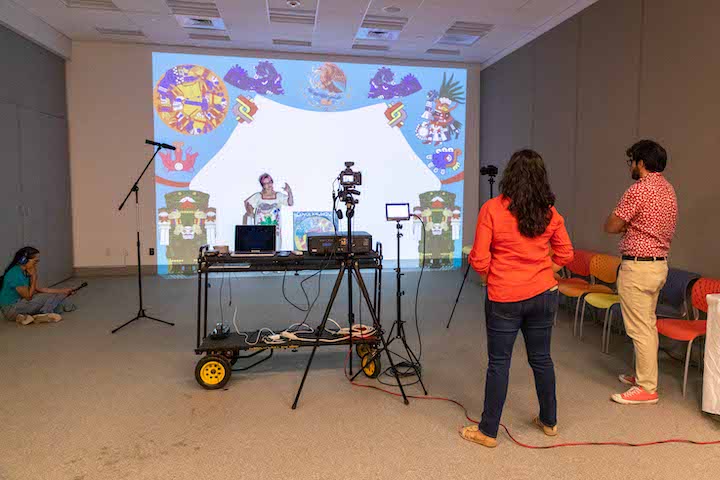
Do you believe in giving in order to receive? Or, maybe you believe in offering gifts to the earth in exchange for daily sustenance like food? You might believe in paying tribute to your god or ancestors for the sacrifices they made for human life to begin and continue?
The Aztecs were strong believers in sacrifice and offering human blood as a form of tribute to their ancient gods. In Nahuatl, their native Aztec language, they called it Tequitl, and saw it as a way to fulfill obligations to the world. In exchange for all the wonderful goods and services they received from within their empire, they felt it was their mission to provide their gods with the most precious water Chalchihuitl—fluid of life, human blood.
How did they do this exactly?
They obtained blood from the hearts of sacrificial victims and offered it to their gods like the heart of COPIL—you can read his story below. As we may think these are not acceptable cultural norms, we have to remember this is not murder we are talking about and should see it as a set of cultural beliefs and customs that go back many centuries.
The Sacrificial Story of COPIL
Seven hundred years ago at the instruction of their god, Huitzilopochtli (known as the god of war in Aztec Mythology), the Aztec peoples left Aztlan in search of their sacred land. His sister Malinalxochitl, who also traveled the migration journey by foot along with the Aztec communities in search of their new primordial homeland was known for using her magical powers to gain influence over her people and was seen as a threat to her brother Huitzilopochitli. For this reason, Huitzilopochtli convinced the Aztecs to leave Malinalxochitl behind, claiming his rule would be through strength and war rather than using sorcery. In the middle of the night, while Malinalxochitl slept, the Aztecs abandoned her in following Huitzilopochtli’s instructions. Years later, Malinalxochitl survived her brother’s betrayal and gave birth to a son, Copil, a young Aztec warrior to whom she passed on all of her magic wisdom. After learning of Huitzilopochtli’s betrayal of his mother, young Copil sought revenge against the god of war, Huitzilopochtl. While traveling to avenge his mother, Copil had spread tales of the cruelty of Huitzilopoctli and the Aztec people to rally various tribes against his enemies. Copil had finally arrived at Chapultepec, where the Aztecs had temporarily settled, to take out his act of retaliation. Instead of revenge, Copil found defeat at the hands of the Aztecs, who killed Copil and took out his heart in a sacrificial act and threw his heart into the bottom of Lake Texcoco on the orders from Hutizilopochtli. Later, Huitzilopochtli shared a premonition to the Aztec elders that where he had thrown the heart of Copil, a nopal cactus began growing from a rock onto which an eagle perched, eating the cactus fruits and devouring a snake. The iconic symbolic apparition would mark the promised homeland for the Aztecs community to establish their civilization. The Elders’ message to the Aztec community was one of courage and sacrifice of a young Aztec warrior Copil that gave birth to a Nation– where the city of Tenochtitlan was found, and eventually, the great Aztec city had become present-day Mexico City. The story of this magical apparition sprouting from Copil’s heart is represented by the prickly pear cactus with the eagle and snake, and we see it depicted in our Mexican flag and currency.
As we consider these sacrificial actions today, we see the Aztec sacrifice as a significant display of devotion to family and noble causes like paying respect to ancestors and the environment. After all, we would not be here if it was not for the important sacrifices made by your parents, and ancestors.
Margarita Cabrera is an artist who believes in the transformative power of Sacrifice/ Tequitl and is inviting all of us to consider what role this action takes in our lives today. As a community artist, Margarita Cabrera offers an opportunity for the San Antonio community to interpret and define the act of Sacrifice collectively. The community is invited to embrace our indigenous roots and give new life and meaning to our history by sharing our very own stories of sacrifice.
Community Socially Engaged Art: socially engaged art includes any art form which involves people and communities in dialogue, debate, collaboration, or social interaction.
Casting Call: refers to a notice made to the public calling all community members to consider the character of Copil as they share their personal stories of sacrifice.
Characters:
Huitzilopochtli: Aztec god of war and the sun; brother to Malinalxochitl and uncle to Copil
Malinalxochitl: Aztec goddess of snakes, scorpions and insects of the desert; powerful sorceress that would use her magic to increase her influence on her followers; sister to Huitzilopochtli and mother to Copil
Copil: son of Malinalxochitl who swears vengeance on his uncle for the shame he brought upon Malinalxochitl when he led the Aztecs away from Aztlan in the middle of the night.
Margarita Cabrera invites you to participate in a Community Performance Art project that culminates in the form of a Casting Call—a celebration of yours and your families’ sacrifices. All community members are invited to audition and present their individual sacrifice stories inspired by the role of the young Aztec warrior COPIL – no experience necessary! All Casting Call performances will be documented as part of a large video installation in Cabrera’s upcoming solo exhibition at the McNay Art Museum in October.
What we are looking for:
Community members of all backgrounds and ages are encouraged to register. You are to bring your own scripted story and will have three minutes to present it. Creative props and costumes, utensils, tools, personal items, etc., are welcome and encouraged to explore the meaning of sacrifice for new beginnings.
Location:
McNay Art Museum
6000 N. New Braunfels Avenue San Antonio, Texas 78209
Performance Dates:
Saturday, August 13th final date for the Casting Call performance

